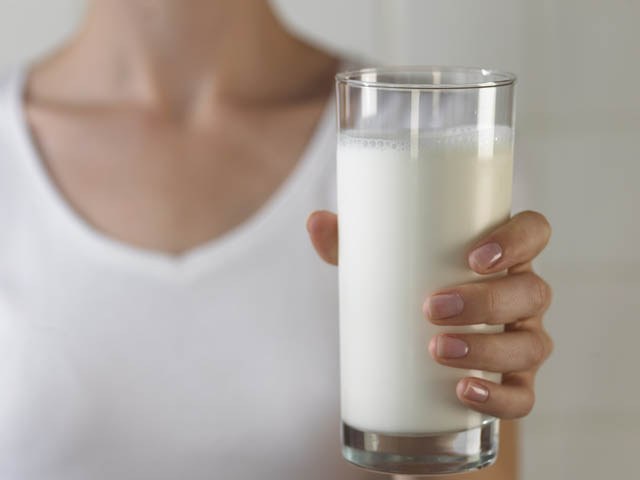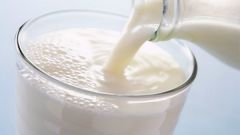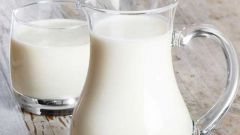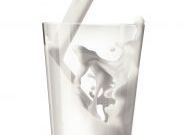Pasteurization
Because fresh milk contains not only useful, but also harmful bacteria, milk is pasteurized, which neutralizes them and extends the shelf life of the product. Pasteurized milk with the help of special technologies of heat treatment, which was invented in the second half of the 19th century and since then much improved. Milk is pasteurized by heating to 65 degrees for half an hour, and then cooled naturally in a sterilized package.
In addition to pasteurization also often used in ultra pasteurization of milk, which allows you to store milk for up to two months.
When pasterizovannyh milk it killed all bacteria, while the lactic acid is stored. Such milk can be stored for sixty hours and be used for fermentation and production of home-yogurt, yogurt and cottage cheese. Pasteurized milk is produced exclusively from fresh dairy products which can withstand aggressive thermal treatment and is not minimized in the process. Other, previously processed milk for this purpose is not suitable.
Differences of pasteurized milk
Pasteurized milk is ideal for those who cannot drink fresh fresh. It contains more vitamins, bacteria, and nutrients than other types of milk. In addition, pasteurized milk don't add preservatives that prolong the shelf life. If left in the heat for several days without boiling, it will turn into yogurt. This is due to the presence of live spores of lactic acid bacteria, which are absent in sterilized milk.
To make delicious homemade yogurt from pasteurized milk, it is necessary to heat, add a couple tablespoons of live cream and wrap for 8 hours.
When you purchase pasteurized milk, unlike raw, it does not need to boil, because the factory already pasteurization killed all the bacteria. However, if desired, the milk can be heated before use, as cold it is worse to digest. Also pasteurized milk is suitable for young children better than ultrapasteurized or sterilized dairy products – it retains all the natural beneficial microflora that help the body grow and develop.




